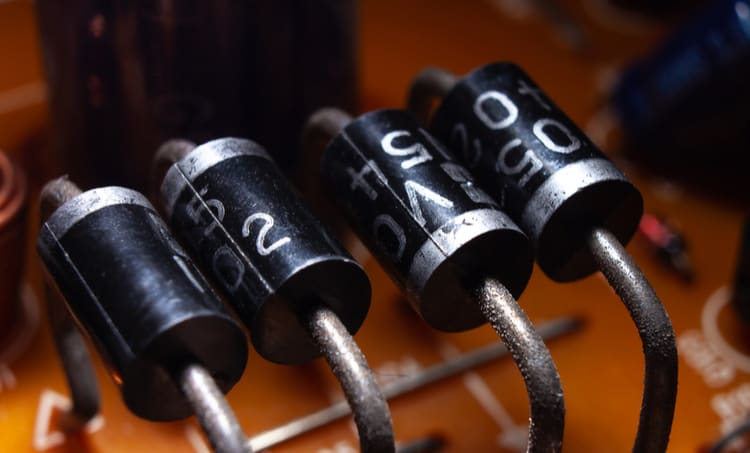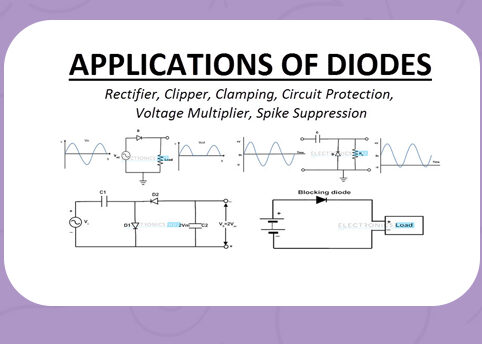What is Diodes and How it Works

Diodes are fundamental electronic components that play a crucial role in controlling the flow of electrical current within circuits. These semiconductor devices have a rich history and are integral to the functioning of various electronic systems.
Diode Basics
At its core, a diode is a two-terminal device that allows current to flow in one direction while restricting it in the opposite direction. This asymmetric behavior arises from the diode’s semiconductor material, which is typically made of silicon or germanium. The most common type of diode is the p-n junction diode, formed by combining a p-type semiconductor (with positively charged holes) and an n-type semiconductor (with negatively charged electrons).
Semiconductor Physics
To understand how diodes work, it’s essential to delve into semiconductor physics. When a diode is forward-biased, meaning a positive voltage is applied to the p-side and a negative voltage to the n-side, electrons move from the n-type material to the p-type material, creating a flow of current. Conversely, in reverse bias, the diode prevents current flow due to the formation of a depletion region, which lacks charge carriers.
Types of Diodes
While the p-n junction diode is the basic building block, there are various types of diodes tailored for specific applications:
1. Zener Diodes
These diodes operate in the reverse breakdown region, maintaining a constant voltage across their terminals. They are often used in voltage regulation circuits.
2. Light-Emitting Diodes (LEDs)
LEDs convert electrical energy into light when forward-biased, finding applications in lighting, displays, and indicators.
3. Schottky Diodes
Known for their fast switching characteristics, Schottky diodes are commonly used in high-frequency applications and rectifiers.
4. Varactor Diodes
These diodes have a variable capacitance that changes with the applied voltage, making them suitable for tuning applications in radios and oscillators.
Diode Generation and Fabrication
The fabrication of diodes involves precise semiconductor manufacturing processes. Silicon wafers are doped with specific impurities to create the p-n junctions. Photolithography and etching techniques are then employed to define the diode’s structure on the wafer. This meticulous process ensures the production of reliable and consistent diodes for widespread use.
Applications
Diodes serve a multitude of purposes in electronic circuits:

1. Rectification
Diodes are crucial in converting alternating current (AC) to direct current (DC) through rectification.
2. Signal Demodulation
In communication systems, diodes are used for demodulating signals, separating the information from carrier waves.
3. Voltage Regulation
Zener diodes play a vital role in stabilizing voltage levels in electronic circuits.
4. Switching
Fast-switching diodes find applications in digital circuits and high-frequency systems.
Conclusion
In the vast landscape of electronics, diodes stand as indispensable components, guiding the flow of electrical currents with precision. Their diverse types and applications make them a cornerstone in the design and functionality of electronic devices, from simple rectifiers to complex communication systems. As technology continues to advance, the role of diodes in shaping the electronic world remains as crucial as ever.








